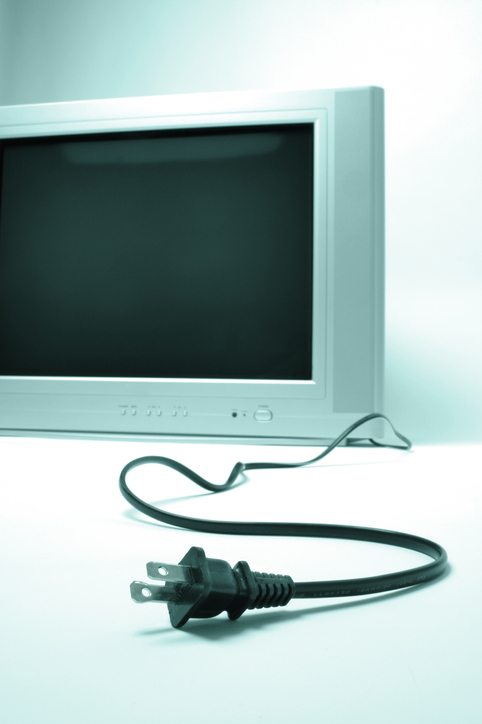Whether you want to save the environment, or you just want to save money on your electrical bill, you probably turn off certain appliances and electrical products before you leave for work or go to bed. But you might not actually be saving as much as you think.
In fact, 10% of residential electricity in the US is used by various products that have been turned off, according to the Lawrence Berkeley National Lab (LBNL). Their study showed that certain electronics like your TV, microwave, and air conditioner don’t actually stop using energy when you turn them off. Instead, many products and appliances go into what is known as “standby mode,” which means they cannot be completely switched off unless they are unplugged.
Here are the biggest “energy vampires” in your home, and how much energy they use when they are turned off, according to the LBNL’s research.
Television
One reason your TV is always using a small amount of energy is to be able to receive a signal from a remote control. When a television with rear projection is turned on it uses around 186 Watts, but when it is off it uses an average of 7W to as much as 49W.

That means a person who leaves their TV off (but plugged in) for 1 year, uses as much as 425kWh, which would have the same greenhouse gas emissions as driving a car for 735 miles, according to the Environmental Protection Agency.
Cable Box
If you’ve ever turned off your cable box before a long trip to save power, you might have been wasting your energy. The average set-top cable box uses around 18W when it’s off, while a cable box with DVR uses an average of 44W when it’s turned off.
If you have more than one TV that uses DVR, you can save energy by requesting a multi-room box that allows you to use the same DVR throughout the house.
Computer
Turning a computer off saves a lot of energy. When they are on, the average desktop computer consumes 74W, while turning it off only uses 3W. But if you don’t like to shut your computer down too often, putting it in sleep only uses 21W.
Computer monitors can also use a lot of energy when they are on (65W for CRT, 28W for LCD), but their consumption also goes way down they are in sleep mode (12W for CRT, 1W LCD) and it’s near-zero when they are off. That means you can save a lot simply by setting your computer to go to sleep after being inactive for a certain length of time.
Note: Sleep mode is not the same as a screensaver, which does not save any more energy than having the computer on.

Game Consoles
The average game console uses 27W when someone is playing a game, and 23W when it’s off but ready. That might be why a Carnegie Mellon University study found that approximately 1 % of US residential electricity consumption comes from game consoles.
According to the study, the most energy-efficient game system at the time was the Nintendo Wii, but the reason for that was because: “they are used one-third as much as the other consoles and have very low power consumption in active mode.”
Find Your Biggest Energy Hogs
There are many other devices, appliances, and products that the average person has plugged in and forgot about. You can find out which devices are energy hogs when they’re turned off with an electricity usage monitor. All you have to do is plug the monitor into the wall and then plug your device into the monitor. It will tell you how much power is being used by the device when it’s on or off, and some of them even tell you how much it costs to keep the device plugged in.

Solutions
One way you can make things easier is by plugging several energy vampires into a power strip, which will allow you to turn several products off at once. However, you have to remember to turn the power strip off every time. Plus, when you turn this power strip on, all the devices will enter standby mode. To make things as easy as possible, you can get a smart power strip that will cut the power to an outlet when the device goes into standby mode.


